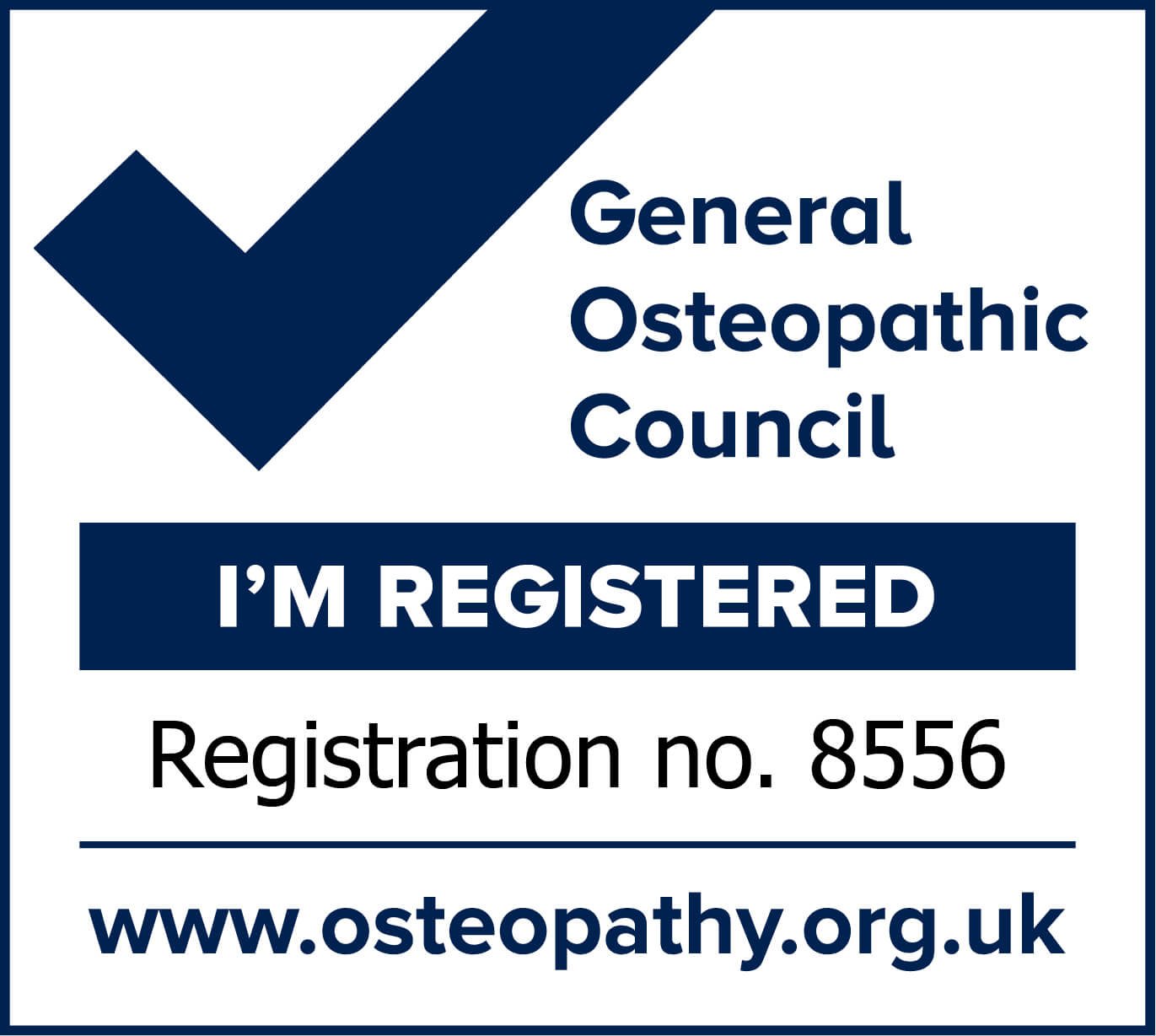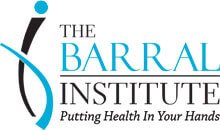Treatments offered at Omagh & Strabane Osteopathy
Osteopathy
What is Osteopathy?
Osteopathy is an established, recognised physical medicine. In 1993 the term osteopath became legally protected, like doctor and dentist. This means that only practitioners who meet strict guidelines and standards, set by the General Osteopathic Council (GOsC), are allowed registration and can call themselves osteopaths.
Osteopaths have completed a four-year full-time course and completed a minimum of 1000 clinical hours at a recognised college of osteopathy to meet these standards.
The detailed knowledge and understanding of the structure and function of the human body, helps to identify faults which may have occurred by injury or mechanical stress
Osteopaths use their unique skills in diagnosis and treatment, for problems related to altered mechanics, function and posture. The detailed knowledge and understanding of the structure and function of the human body helps to identify faults which may have occurred by injury or mechanical stress. This allows the osteopath to not only treat the symptoms but the underlying cause of the complaint.
Osteopathy uses a combination of osteopathic soft tissue massage, joint mobilising and manipulation to treat several conditions. Stretching, strengthening or mobility exercises may also be prescribed as well as advice on posture, diet, ergonomics and lifestyle.
The First Osteopathy Consultation
The first consultation will take about 45 – 60 minutes. The osteopath will want to know details about your presenting complaint and a thorough case history will be taken. This will include questions on your general health, previous illnesses, your lifestyle and family medical history.
The osteopath will then want to conduct a physical examination and, for this, you may be asked to undress to your underwear.
You will normally be taken through a range of movements and the osteopath will perform a detailed examination of the function of the relevant area of your body.
Osteopathic techniques
An osteopath aims to restore the normal function and stability of the joints to help the body heal itself.
They use their hands to treat your body in a variety of ways, using a mixture of gentle and forceful techniques.
Techniques are chosen based on the individual patient and the symptoms they have reported.
These include:
• massage – to release and relax muscles
• stretching stiff joints
• articulation – where your joints are moved through their natural range of motion
• high-velocity thrusts – short, sharp movements to the spine, which normally produce a clicking noise similar to cracking your knuckles
These techniques aim to reduce pain, improve movement and encourage blood flow.
Osteopathy is not usually painful, although it's not unusual to feel sore or stiff in the first few days after treatment, particularly if you're having treatment for a painful or inflamed injury.
Your osteopath will explain whether you're likely to have any reactions. If you feel any pain during or after treatment, tell your osteopath.
You may be given advice on self-help and exercise to aid your recovery and prevent symptoms returning or getting worse.
In general, the first appointment will last about 45 minutes to an hour. Further treatments last around 30 minutes. Your course of treatment will depend on your symptoms.








